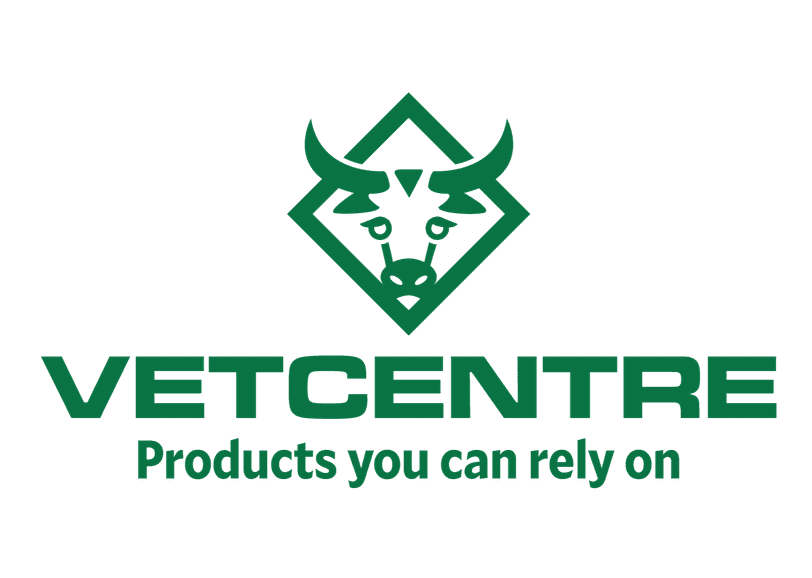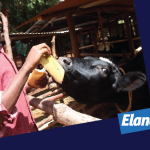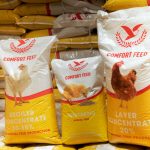Cattle farming is a significant economic activity in Uganda, and it has been practiced for centuries by farmers across the country. The industry has great potential for growth, both for subsistence and commercial purposes. The essential aspects of cattle farming in Uganda include breed selection, feeding, housing, health management, and marketing.
Breed Selection:
Choosing the right breed of cattle is essential to the success of any farming enterprise. In Uganda, there are several breeds of cattle, including Ankole, Friesian, Ayrshire, Guernsey, Jersey, and Brown Swiss. The choice of breed depends on the farmer’s objectives, geographical location, and market demand. For example, Ankole cattle are hardy and resistant to diseases and pests, making them suitable for areas with poor infrastructure and limited veterinary services. On the other hand, Friesian and Ayrshire breeds produce high milk yields and are popular in areas with well-established dairy markets.
Feeding:
Cattle require a balanced diet to grow and produce milk. The diet should consist of roughages such as grass, hay, and silage, and concentrates such as maize, soya, and cottonseed cake. Farmers should ensure that their animals have access to clean drinking water and adequate grazing or browsing areas. Supplemental feeding may be necessary during dry seasons or when pasture quality is poor. Proper feeding practices help to prevent malnutrition, reduce mortality, and increase productivity.
Housing:
Cattle housing should provide a comfortable and safe environment for the animals. The housing should protect the animals from extreme weather conditions such as rain, wind, and heat. It should also be well-ventilated to prevent respiratory diseases. The floor should be non-slip and easy to clean to maintain good hygiene. Farmers should provide enough space for the animals to move around and lie down comfortably.
Health Management:
Disease control and prevention are critical in cattle farming. Farmers should vaccinate their animals against common diseases such as foot and mouth, anthrax, and brucellosis. Regular deworming and tick control are also essential to prevent parasitic infestations. Farmers should monitor their animals for signs of illness and seek veterinary assistance when necessary. Good hygiene practices such as regular cleaning and disinfecting of housing and equipment can also help prevent disease outbreaks.
Marketing:
The success of a cattle farming enterprise depends on the ability to sell the products profitably. Farmers should identify market opportunities for their products and produce high-quality products that meet market demand. In Uganda, the main markets for cattle products include the local market, regional markets such as Kenya and Tanzania, and the international market. Farmers should establish good relationships with buyers, negotiate fair prices, and deliver products on time.
In conclusion, cattle farming is a viable and profitable enterprise in Uganda. Successful cattle farmers must pay attention to breed selection, feeding, housing, health management, and marketing. By following these essential aspects of cattle farming, farmers can increase their productivity and income, contribute to the country’s economic growth, and improve their standard of living.






